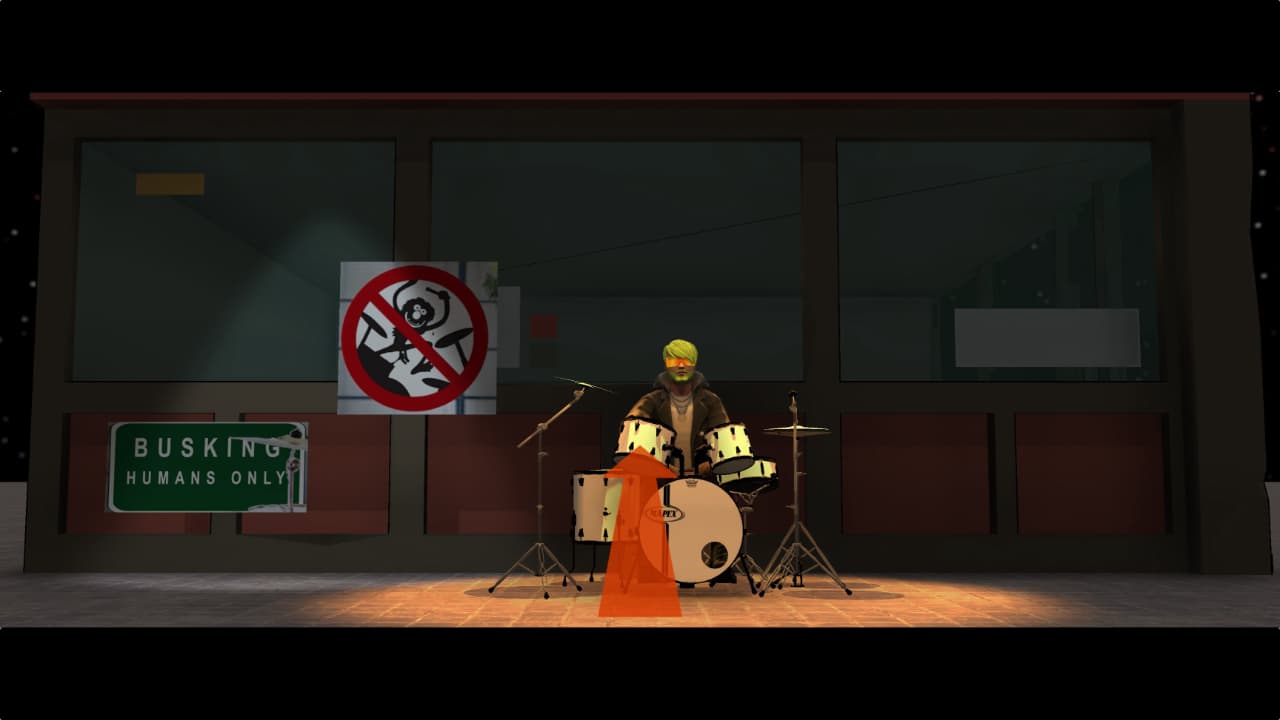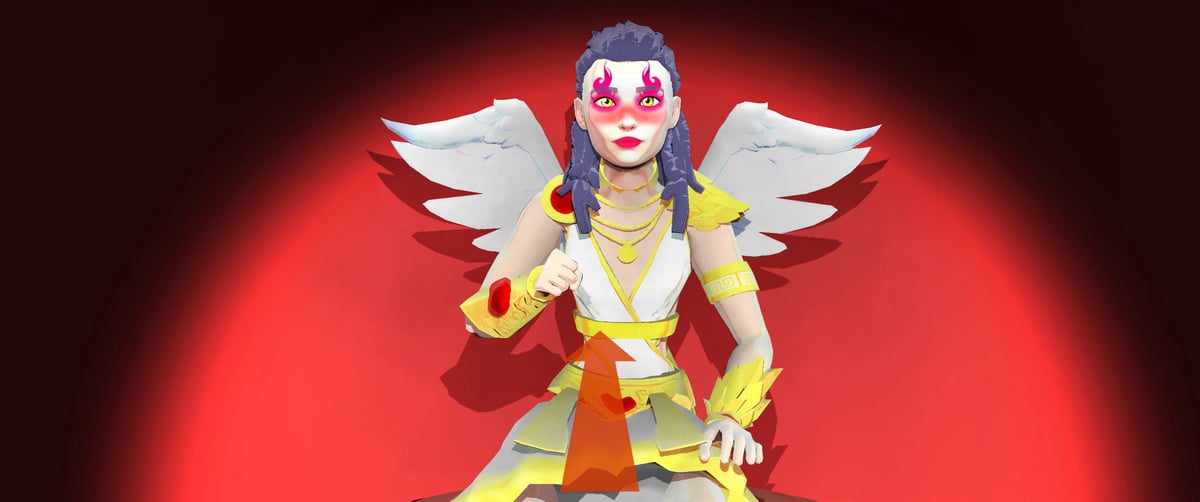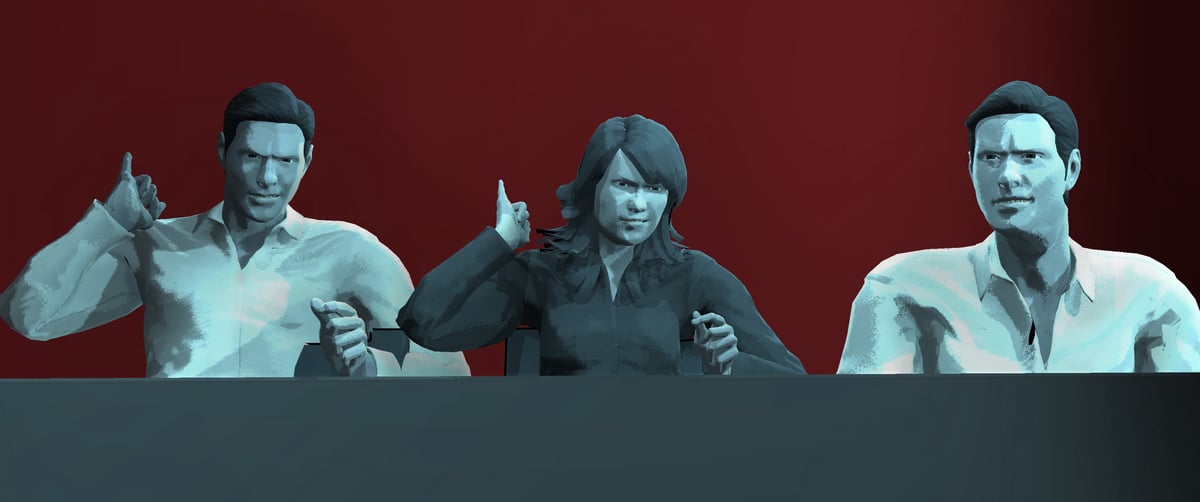
By visualizing their scenes before shooting, filmmakers can streamline production, manage budgets, and boost collaboration. DP Byron Werner argues that previz and storyboarding are more than production tools, they are storytelling essentials.
Here’s a story that came into us via a PR company regarding the importance of previsualisation and storyboarding that we thought was decent enough to run pretty much as it arrived. It’s light on the sales messaging, and contains some useful thoughts on the importance of the techniques in question.
It’s written by Byron Werner, a Los Angeles-based Director of Photography with over 25 years of experience in film, television, and commercial production. His work includes Juliet and Romeo, The Last Full Measure, Spinning Gold, and the Sundance-premiered Bound of Vengeance. He has lensed music videos for artists like Coldplay, Shakira, and Bruno Mars, and commercials for major brands including Adidas and Microsoft.
Over to Byron.
In the world of filmmaking, there’s a simple truth I’ve learned time and time again: the better you can visualise your film before you shoot it, the more efficiently and creatively you can bring it to life. That’s where previz and storyboarding come in. They’re not just planning tools. They’re among the most powerful forms of visual thinking we have as filmmakers.
What is previz and how does storyboarding fit in?
Previzualisation, or previz, refers to the process of creating a visual plan for how a film or a specific scene will look. It can take many forms: hand-drawn storyboards, animatics, 3D visualizations, digital camera mock-ups, or simple overhead diagrams. The goal is always the same: to see the movie before you shoot it.
Storyboarding is one of the earliest and most intuitive forms of previz. Whether it’s stick figures on a napkin or a full digital animatic, a storyboard communicates visual intent. It shows composition, pacing, movement, and emotion in ways that a shot list or script simply can’t. Over the years I’ve come to rely on both methods, sometimes together, sometimes separately, but always with one goal in mind: clarity of vision.
Previz as a creative compass
I’m someone who loves to plan. That doesn’t mean I’m rigid, I enjoy the spontaneity of discovery on set, but planning gives me the freedom to be creative within real-world constraints. When I storyboard or build sequences in previz software (Previs Pro is my go-to), it’s not just about logistics. It’s a way to explore the creative potential of a scene long before the lights and cameras are rolling.
Some people think storyboarding kills spontaneity. I’d argue the opposite. Having a clear visual roadmap allows you to push boundaries without derailing the schedule or blowing the budget. When I know the framework of a scene, I can be more intentional and bolder bout how I shoot it.
Previz in action: Biutyful
A selection of previz shots from the Coldplay video Biutyful with the finished video below for reference.







Previz in action: Spinning Gold
One project where storyboarding truly proved its worth was Spinning Gold, a period film I shot that featured a wide range of challenges: set builds, real locations, heavy production design, long takes, and significant VFX integration.

The concept of the film was much bigger than the budget we had. That meant we had to be extremely deliberate with every dollar. We had stadium scenes with virtual crowds, green screen sets, and environments that required massive production design work. I used the director’s plans and rebuilt those spaces in Previs Pro as accurately as I could.
What that enabled us to do was invaluable — we could pre-visualise not just what the scene would look like, but exactly what the camera would see. That distinction is important. There’s no point in dressing or lighting parts of a set that will never be in frame. By storyboarding and visualising in previz, we could cut waste, build less, and focus every department’s energy where it mattered.

I often say this: every dollar wasted on something that doesn’t make it into the final film is a dollar that could have elevated a different scene. Previz helped us protect the creative integrity of the film by managing the budget with precision.
More than just action scenes
A common misconception is that storyboarding is only necessary for car chases, fight sequences, or big VFX moments. And yes, those scenes often demand it. But I’ve found tremendous value in storyboarding even the quieter, simpler scenes.

Sometimes I do it just to make sure the director and I are on the same page. Sometimes it’s to show the production designer exactly where the camera will and won’t see. Sometimes it’s an internal exercise; I create boards that I never show anyone else, just to work through an idea in my own mind. It helps me ask the right questions and uncover creative solutions before the pressure of the set kicks in.
In scenes with set builds, previz is especially important. It tells me where to spend and where to save. Why light a section of a room if the audience will never see it? Why build a wall that’s going to be off-camera the entire time? When you know the camera’s path, you can direct every department, from art to lighting to VFX, to work with purpose.
Collaboration through clarity
One of the greatest strengths of storyboarding is how it improves collaboration. It’s no different from using a lighting reference or look book, it’s about giving your team a visual target. When I walk into a meeting with boards or a previz mock-up, the conversation immediately becomes more focused. Production design knows where to build. VFX knows what they need to extend. The camera team knows how to rig. Everybody benefits.
On some films, storyboards are essential. On others, they’re just one tool in the kit. But when used well, they always improve communication.

Adapting on set vs. sticking to the plan
I get asked a lot: do you always stick to your boards on set? The answer is: it depends.
If it’s a high-stakes sequence, one with VFX, a set build, or a tight budget, I try to stick closely to the plan. That’s because veering off can have financial consequences. But if I’m shooting a fight scene or something more organic where adjustments won’t break the budget, I allow myself to treat the boards as a guide. Sometimes spontaneity leads to something better, and that’s part of the magic.
Storyboarding is not about locking yourself in. It’s about setting yourself up to make better decisions in the moment.
Digital tools and the new workflow
In recent years, digital previz tools have completely changed how I plan. With something like Previs Pro, I can walk through a space virtually, block out camera moves, experiment with composition, and test ideas at any time — day or night.

Prep time is always in short supply. What digital tools give me is flexibility. I can previz alone, quickly, without needing to explain every beat to someone else. It’s a faster feedback loop.
That said, I still believe storyboard artists have a vital place in our industry. There are sequences that are too complex or nuanced for me to tackle solo. And let’s face it, some artists can express mood, rhythm, and movement in ways that digital tools can’t replicate. It’s not about replacing the artist. It’s about having more options.

Advice to new entrants
If you’re a young DoP or director wondering whether storyboarding is worth the time, here’s my advice: absolutely, yes. Even if you’re not a great illustrator. Even if your boards are just rough thumbnails.
The act of drawing — or building — a scene forces you to confront your vision. What are you trying to say with the shot? How do the characters move? Where is the emotional weight? You’ll find answers by sketching them out.
It’s the same reason I build my own look books. I pull images, references, tones… it’s all part of discovering what the film wants to be. Starting your own boards, even in a simple form, is an extension of that discovery process. You don’t need to storyboard the whole movie. But pick the sequences that need clarity and support and dig in.
The power of visual thinking
In the end, storyboarding and previz are about power: the power to plan, to communicate, and to imagine more vividly. They are not just production tools; they’re storytelling tools. They allow you to think visually, to be specific in your intentions, and to protect the film when time, money, or chaos threaten to derail it.
And, perhaps most importantly, they allow you to see the movie before anyone else does.
tl;dr
- Previsualisation (previz) is essential in filmmaking, allowing directors and cinematographers to visualize scenes before shooting, leading to more efficient and creative execution.
- Storyboarding, one of the most intuitive forms of previz, helps communicate visual intent, composition, movement, and emotion effectively, supporting clarity of vision for the film.
- In projects like Spinning Gold, previz was instrumental in managing the budget and resources, ensuring that every detail contributed to the final product and reducing waste.
- Storyboarding proves valuable for all types of scenes, not just action sequences, facilitating collaboration among departments and ensuring that every element of production is purposeful and aligned with the overall vision.



Comments